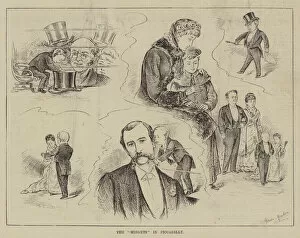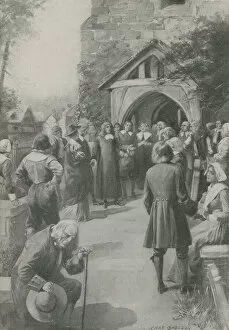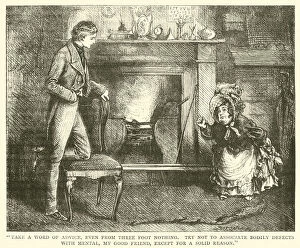Infectious Diseases Collection (#6)
"Infectious Diseases
For sale as Licensed Images
Choose your image, Select your licence and Download the media
"Infectious Diseases: A Historical Perspective" Procession commemorating the town of Pont-l'Abbe delivered from the plague in the year 1632 - ex-voto of Sainte-Anne d'Auray: A solemn procession celebrates the triumph over a devastating plague, reminding us of humanity's resilience and ability to overcome infectious diseases throughout history. Two men at the bedside of an old man in a garret, 18th century (1791 engraving): In times when medical knowledge was limited, witnessing loved ones suffer from contagious illnesses like never before sparked both fear and compassion among those who cared for them. Victims of famine and typhus in China caused by long drought, an old man and a child from the countryside (Illustration taken from "Le petit journal illustre" on 10/04/1920): The combination of natural disasters and infectious diseases has plagued societies for centuries, leaving vulnerable populations devastated by hunger and illness. Black Death: slaughter of Jews, 1348 (illustration from "Histoire-populaire-de-France" by Charles Lahure, 1866 hand-coloured engraving): During one of history's deadliest pandemics, scapegoating marginalized communities only exacerbated suffering instead of addressing the root causes or finding effective solutions against infectious diseases. View of the manner of burying dead bodies at Holy-well mount during the dreadful Plague in 1665 (engraving): Witnessing mass burials during outbreaks serves as a haunting reminder that they have not only claimed countless lives but also disrupted societal norms and rituals surrounding death. Rabbit corpses killed by chicken cholera microbe - Experience of Mme widow Pommery in Champagne: Scientific experiments have played a crucial role in understanding how certain microbes cause deadly infections; these discoveries paved the way for advancements in preventing and treating infectious diseases. The Triumph of Death.








